Perennial wildflower plants can be used to create long-lasting wildflower areas and meadows, providing vital food and habitat for pollinating insects such as bees and butterflies. Choose your favourite species to plant individually, or use as an addition to our wildflower plant collections or famous wildflower seed mixes.
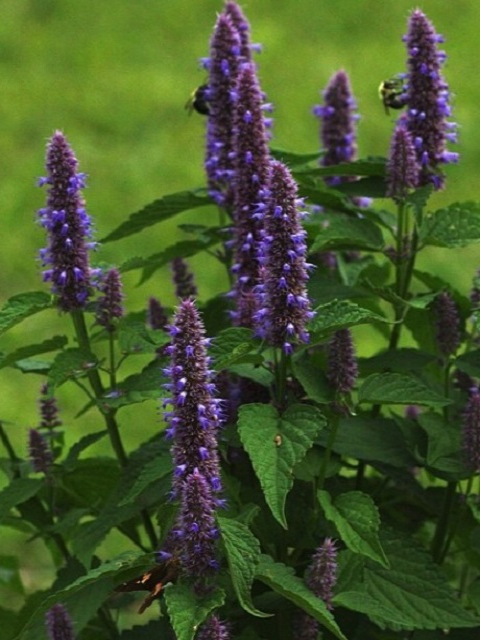
This item is currently unavailable
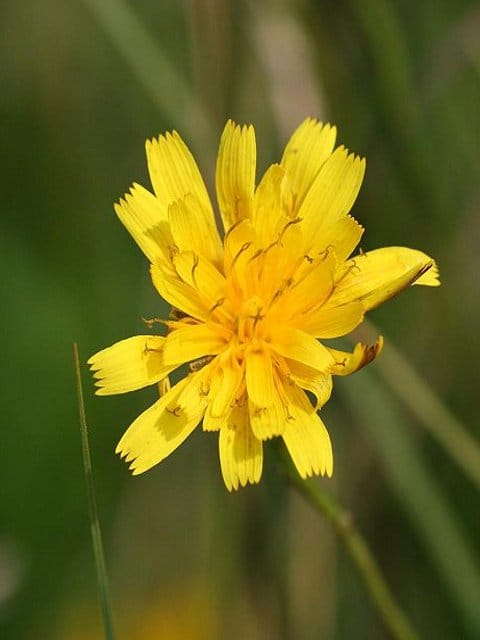
A perennial with dandelion-like flowers and seed heads. A good showy meadow subject. The seeds are a magnet for Finches.
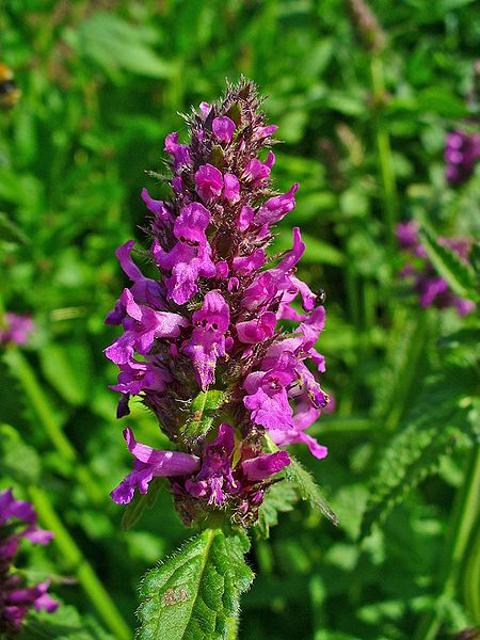
A native perennial common in England and Wales, usually on light soils, in open woods, grassland and hedgerows. Attractive to Bees and butterflies alike. Spikes of red-purple flowers are produced on long slender stems growing from a rosette of crinkled leaves.
This item is currently unavailable
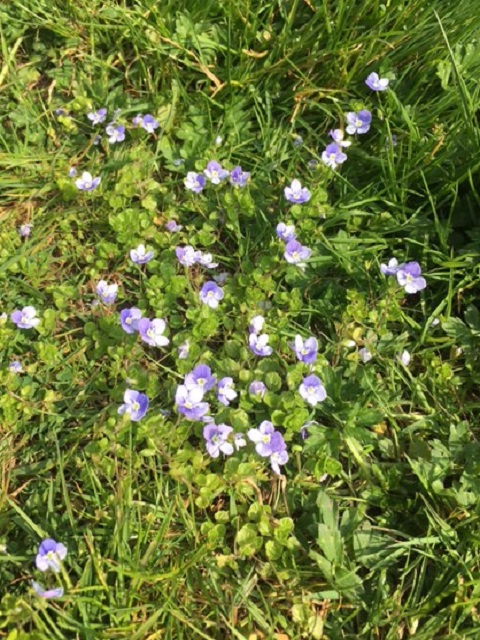
This stunning perennial plant can be found crawling on the woodland edge or becoming an informal lawn subject with loose spikes of brilliant blue flowers that look outstanding in the sun.
This item is currently unavailable
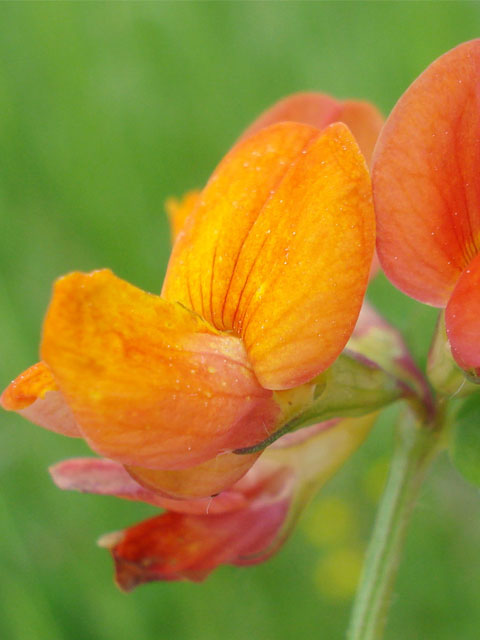
A common creeping native wildflower perennial of dry grassland and roadside, with bright yellow wildflowers, often streaked with red. The cluster of long seed pods looks like a bird's foot. An excellent nectar wildflower plant and a caterpillar food plant for the Common Blue, Dingy Skipper and Clouded yellow butterflies.
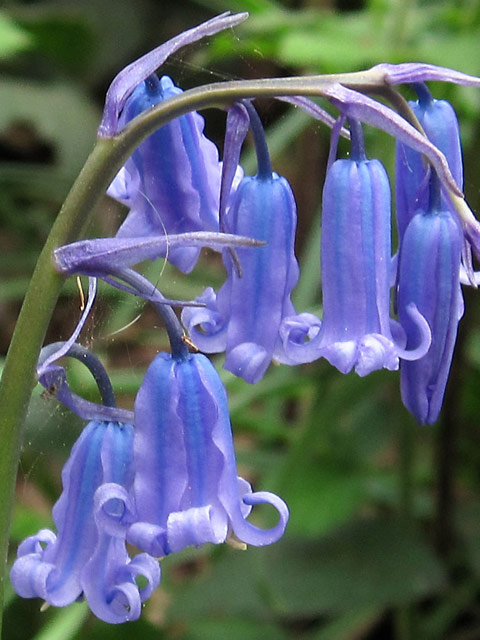
A native perennial common in England and Wales, usually on light soils, in open woods, grassland and hedgerows. Attracts: Bees and butterflies. Spikes of red-purple flowers are produced on long slender stems growing from a rosette of crinkled leaves.
This item is currently unavailable
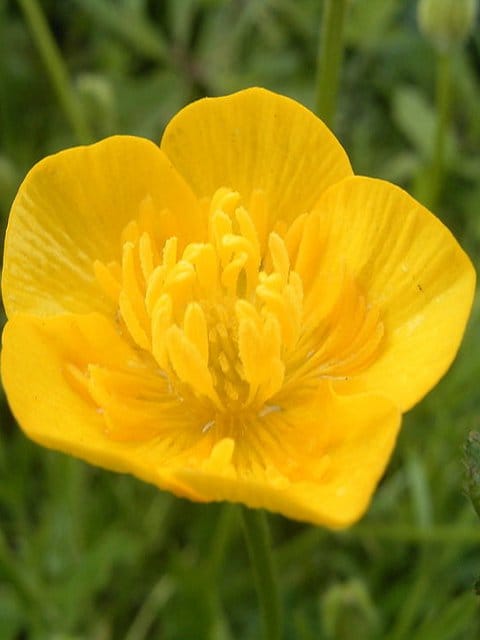
A bulbous rootstock with glossy yellow flowers. A good perennial for a sunny wild garden.
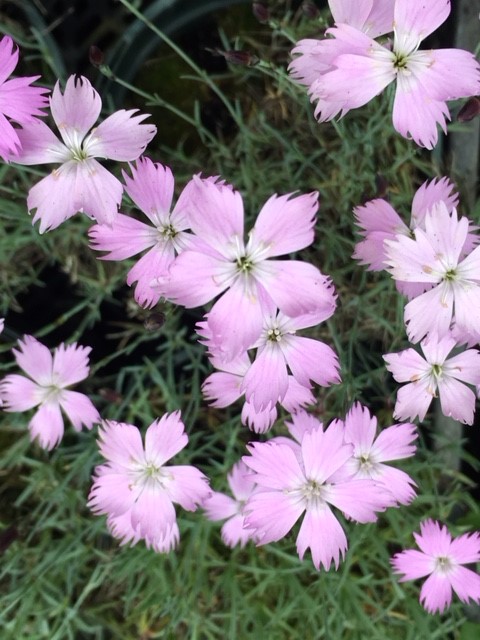
A ground covering wildflower plant with pink flowers and greyish green leaves that creates colourful and fragrant borders. The Cheddar Pink produces a sweet-spicy clove-like fragrance and delicate pink blooms.
This item is currently unavailable
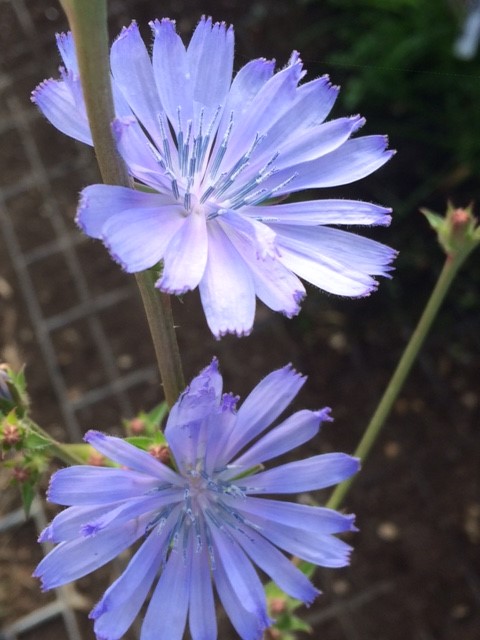
Also known as Blue Daisy, Blue Dandelion, Blue Sailors, Blue Weed, Bunk, Coffee Weed, Hendibeh, Horseweed, Ragged sailors, Succory, Wild Bachelors buttons and Wild Endive. Many varieties of this star-like clear blue-flowered plant are cultivated for a broad spectrum of uses such as salad leaves, chicons or roots which once baked and ground can be used as a food additive and a substitute for coffee...
This item is currently unavailable
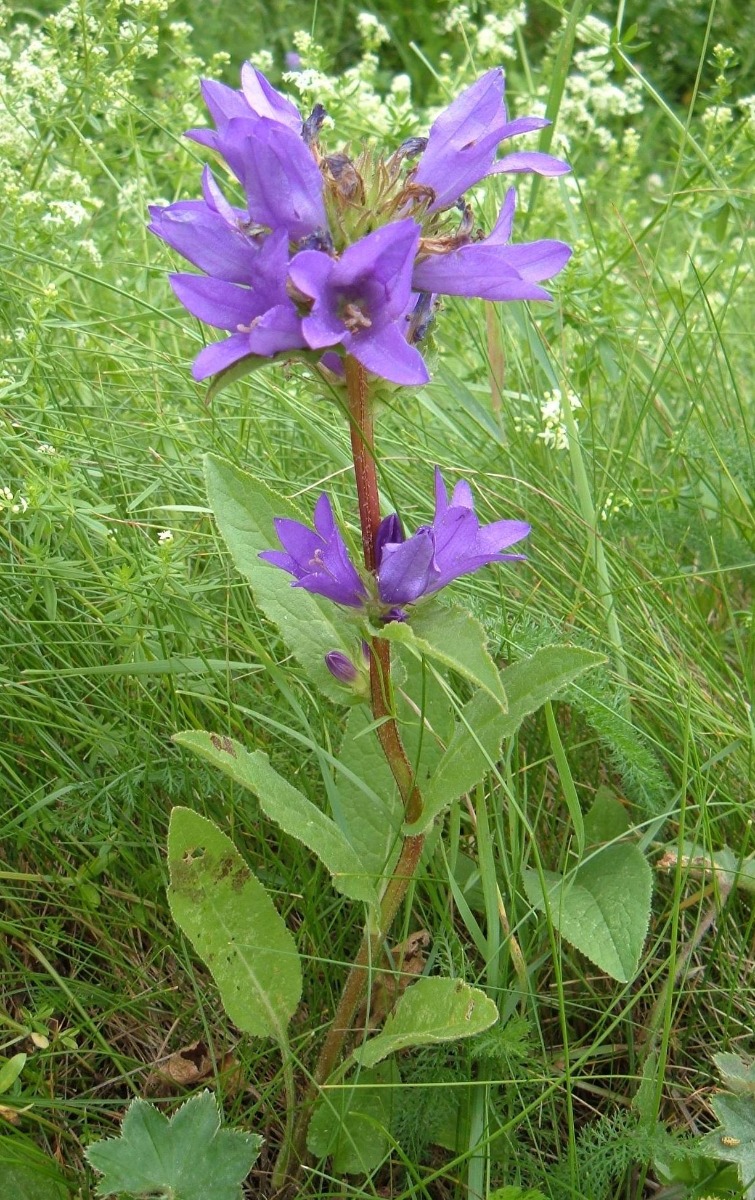
The Clustered Bellflower erupts with clusters of vivid violet-blue flowers. These perennial flowers are beckoning to bees and butterflies and are ideal to add to any rockery.
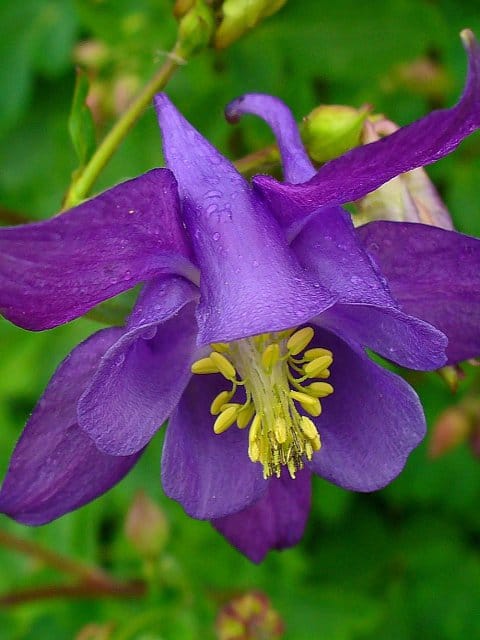
This distinctive perennial is often found at woodland edges and roadsides, long-stalked with long-spurred blue-violet flowers. This vibrant plant is beckoning to bees and butterflies but prefers to be in damper areas.
This item is currently unavailable
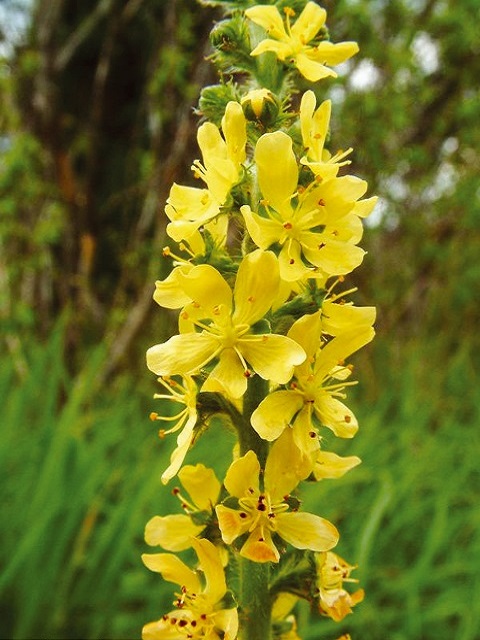
The Common agrimony plant is known as church steeples, good for a sunny border. It has slender tapering spikes of yellow, star-shaped flowers and finely cut leaves. As well as luring and other pollinators, wild birds struggle to resist!
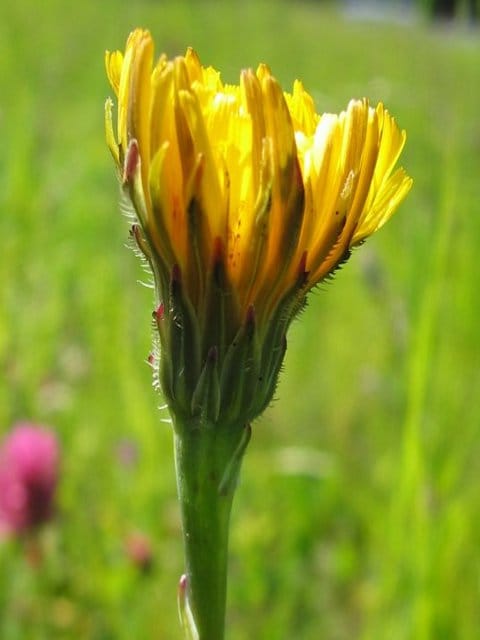
This perennial makes a good meadow component with its rich yellow flowers and dandelion-like seed heads.
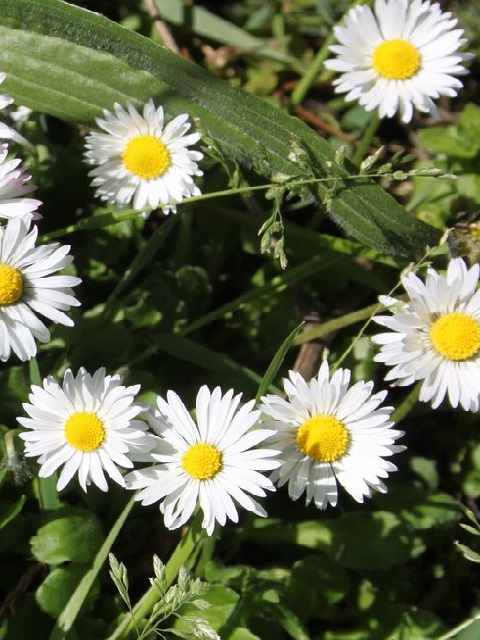
Perennial. Common daisy is one of the best-known lawn wildflowers.
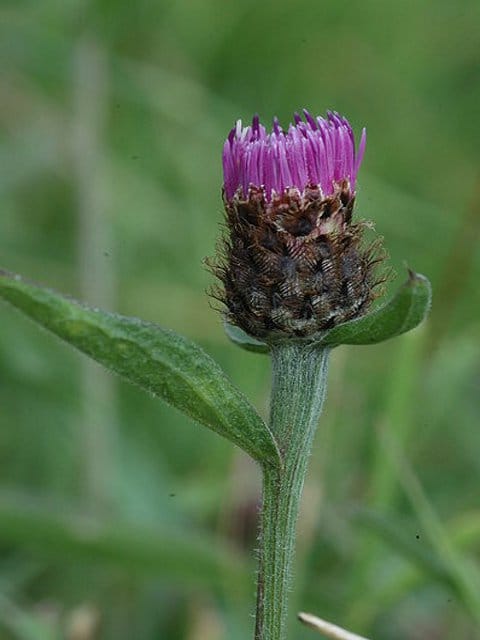
Common knapweed or hardheads is a colourful meadow wildflower plant of the thistle family. Tight purple flowers, with lance-shaped leaves. Forms dense clumps over time, ideal for sunny meadows and hedgebanks. A great bee plant, and a goldfinch magnet in the autumn.
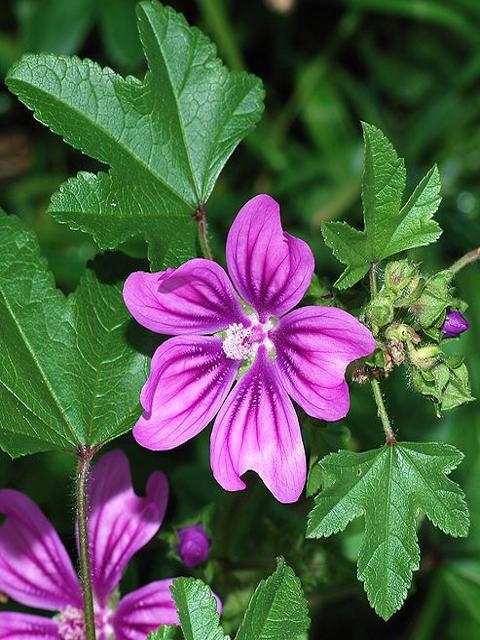
Common mallow is a very ornate, tough plant with an abundance of pink/purple flowers. To get the best from this pretty plant place in full sun and in well-draining soils.
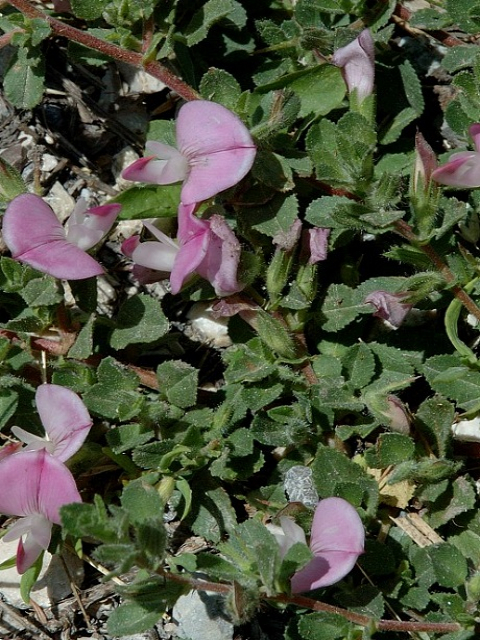
A crawling perennial meadow plant with small, delicate pink flowers on sturdy stems that likes sandy soils and flowers late into the summer. A favourite of bees and other pollinators.
This item is currently unavailable
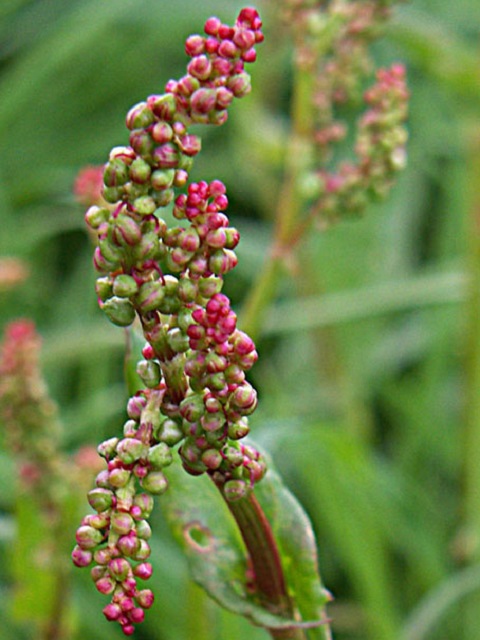
Common sorrel is a vital component of meadows with its reddish-pink flower spikes, arrow-shaped leaves turn crimson.
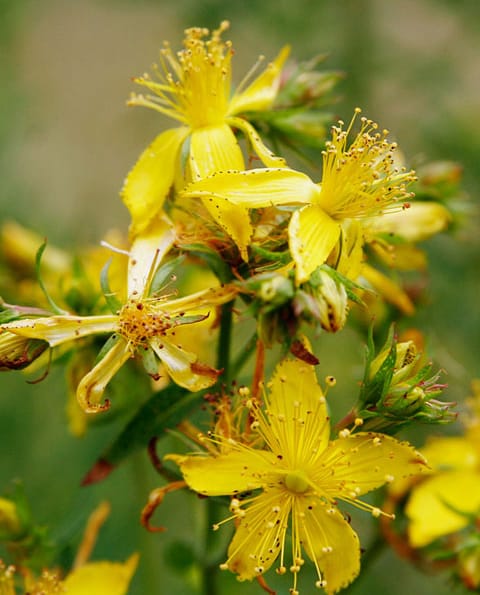
This is the commonest of the St Johns Wort wildflower plant found in Britain. It is a tall clump-forming perennial which produces bright yellow flowers that are popular with bees. It also plays host to the beautifully coloured St Johns Wort Beetle.
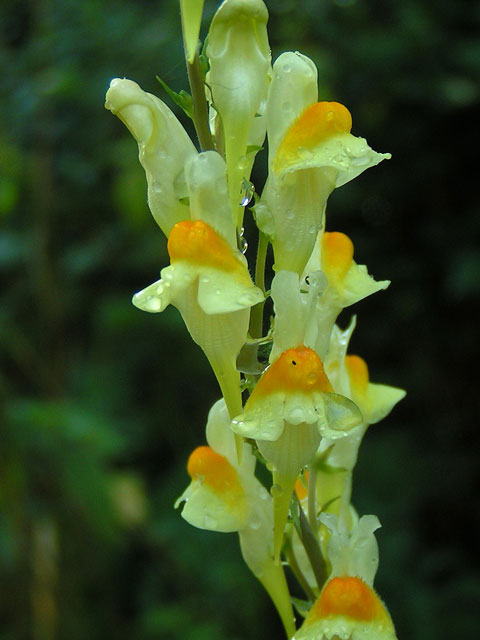
This perennial plant of meadows and hedgerows begins to blossom in June and the flowers have been known to linger until November. Common toadflax produces orange and pale yellow snap-dragon flowers.
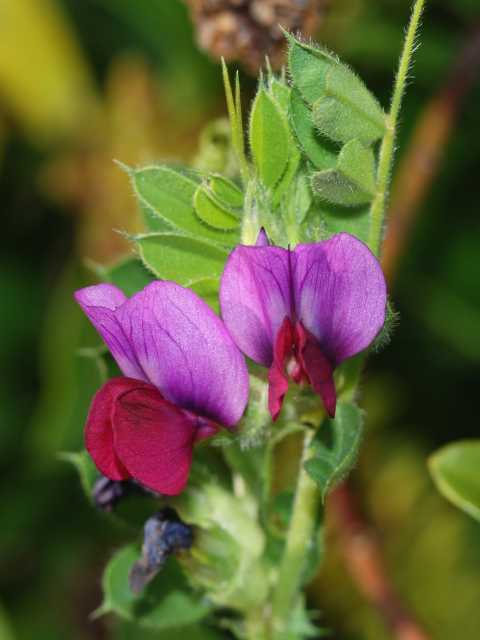
This climbing annual plant can be found in the woods. It produces numerous small purplish-pink flowers that resemble butterflies. A popular plant used for livestock and engaging pollinators.
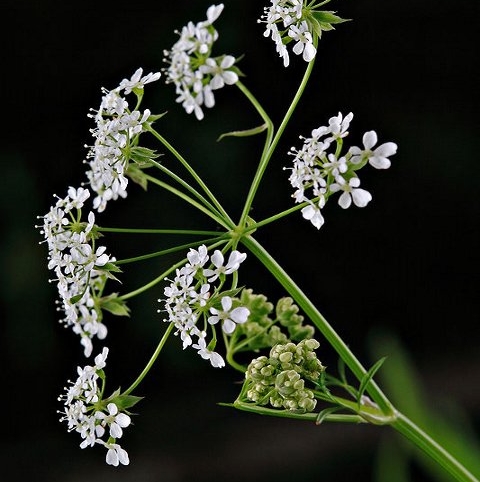
Cow parsley is generally located on the edges of hedgerows or semi-shaded meadows. Also known as wild chervil, keck or wild beaked parsley both the leaves and flowers can be made into a green dye.
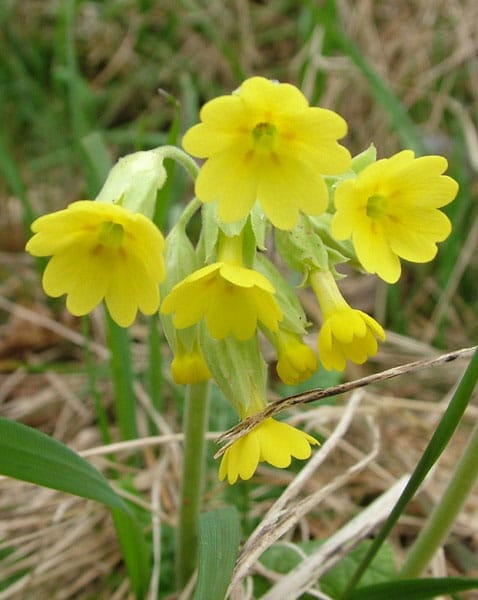
A beautiful native perennial wildflower plant growing in grassland and meadows. The deep yellow flowers are grouped on upright stalks growing from rosettes of crinkled leaves. Cowslip wildflower plants are a good nectar source for butterflies and bees. Cowslips are the food plants of the caterpillars of the Duke of Burgundy Fritillary.
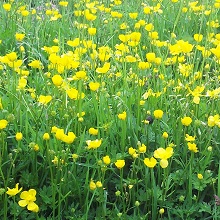
An invasive buttercup found in damp places on grassland, along woodland and field edges with its yellow flowers about 2cm across and hairy leaves which are divided into three lobes with rough edges. This bright, golden-cupped flower is a childhood favourite: if a yellow reflection appears when it is held up to the chin, it is considered as a sign that the person likes butter.
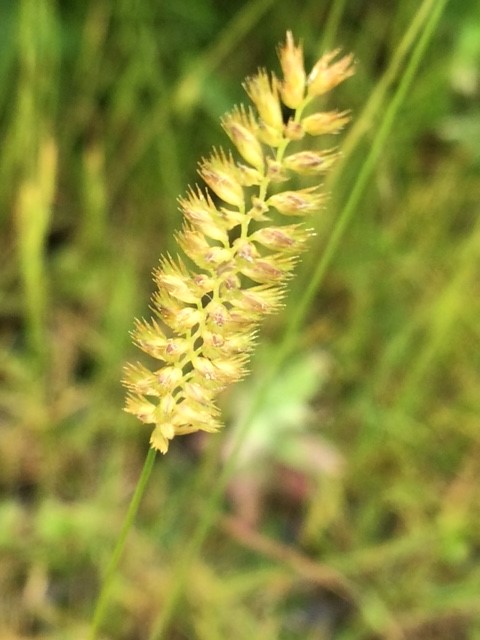
Often grown as an ornamental plant this hardy plant with purple flowers can withstand the cold and drought whilst remaining green throughout the winter. The tender young leaves are readily eaten by cattle and sheep although they leave the hard, stiff stems alone.
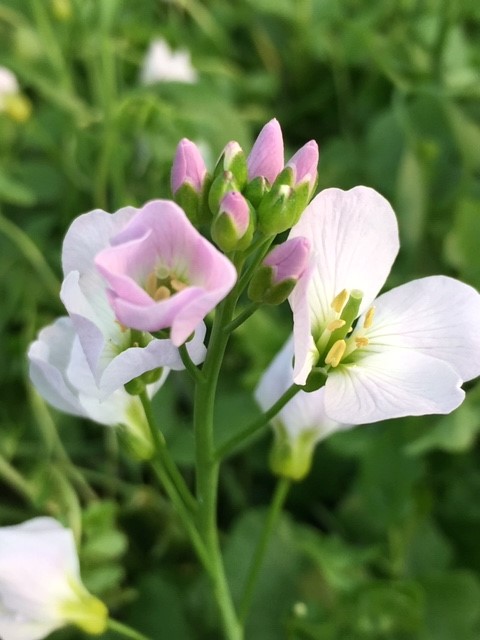
Perennial. Commonly known as Lady's Smock, Mayflower or Milkmaids. Was thought to be sacred to the fairies in folklore, and bringing it indoors was deemed to be very unlucky. Young leaves can be used as a substitute for cress due to their peppery taste.
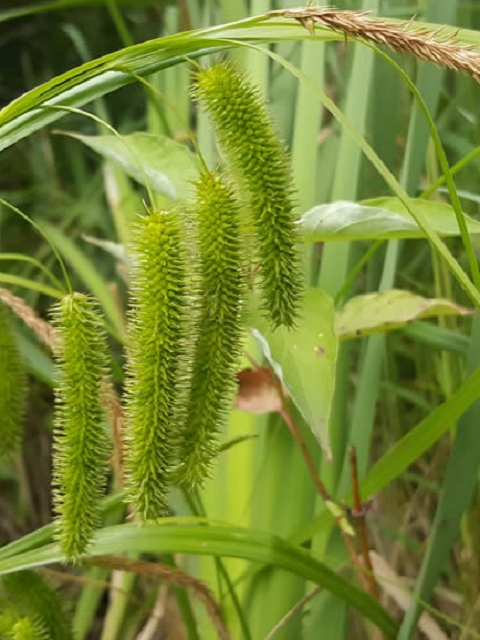
Beautiful bright yellow/green tufted sedge is a perennial, hardy plant with drooping flowers. This can grow up to four feet tall and when planted around waterways the tall spikey leaves provide much-needed cover for the wildlife.
This item is currently unavailable
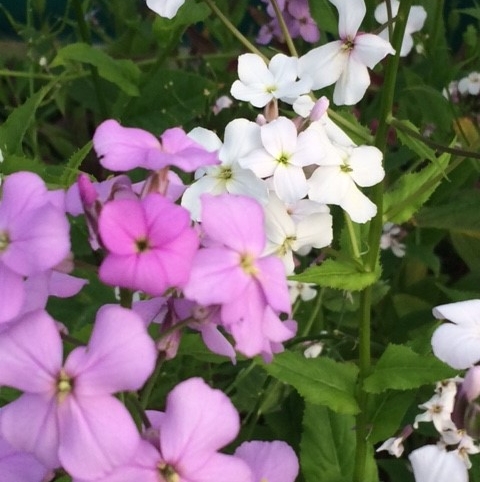
These purple or white flowers are great at attracting butterflies and look good in borders, you'll notice they become more fragrant towards the evening. Dames violet plants are perennial plants that don't mind being in the shade.

Dandelion is a perennial, a golden blaze in the May meadows and banks. Basal rosettes of leaves deeply lobed or toothed (dent de lion), flowers are composed of bright yellow ray - florets.
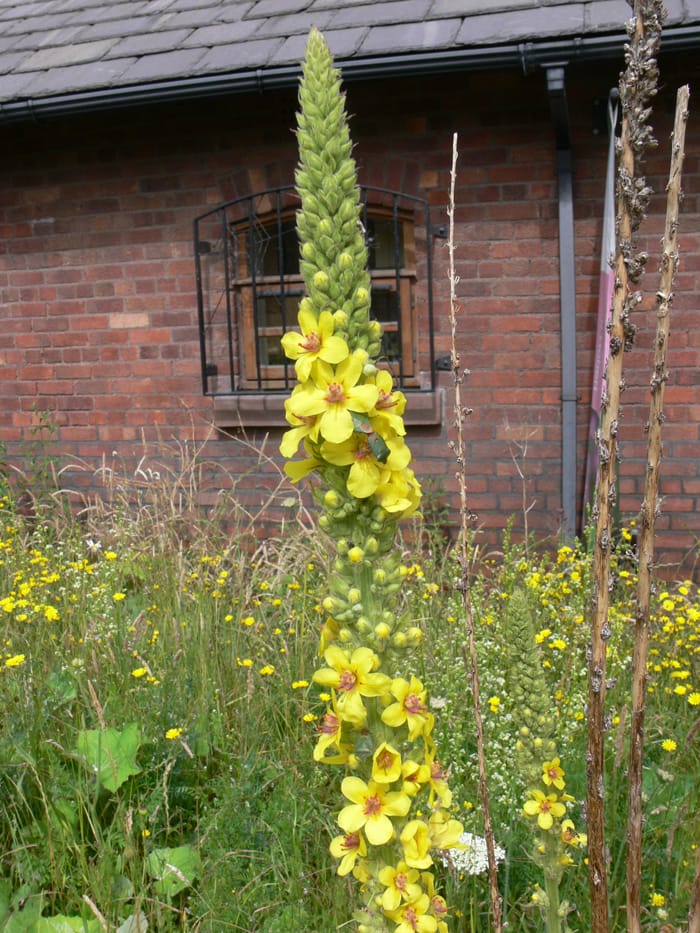
Biennial wildflower plant with yellow flowers and purple centre, that likes dry soils and gravelly places favours more calcareous soils. Dark mullein can grow over a metre tall and is a perennial. A rosette of leaves throws up a spike of rich yellow flowers with orange anthers, growing in the herbaceous border.

Landlife Wildflowers grow and supply high-quality, native wildflower products, restoring wildflowers right across the UK. Working in conjunction with wildlife charity, Buglife, we’re bringing back Britain’s treasured wildflowers! Find out more about why we’ve been trusted by the general public, Natural England and The National Trust for over twenty years.

We’re proud to supply only the highest-quality, native wildflower products - tried, tested and refined by us for two decades to ensure each and every customer is delighted with their purchase. Find out more about our commitment to the supply of native, provenance-assured wildflower products to restore Britain’s natural wildflower habitats for bees, butterflies, birds and wildlife.

If you have any questions or would like to get in touch, our team of wildflower experts are on hand to guide you every step of the way. We love talking about wildflowers and the quality of our products, and are pleased to help with any enquiry, including how to establish wildflowers, product recommendations and even creating custom mixtures for specific projects.